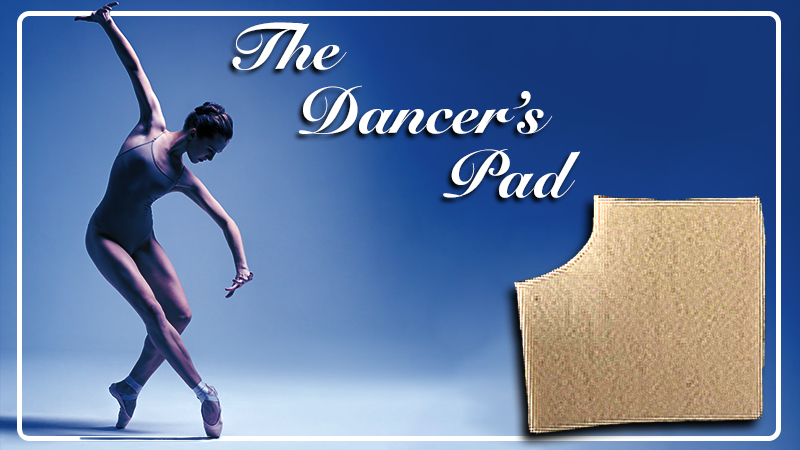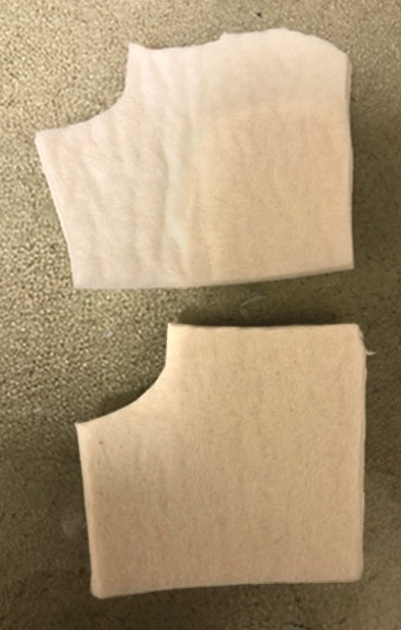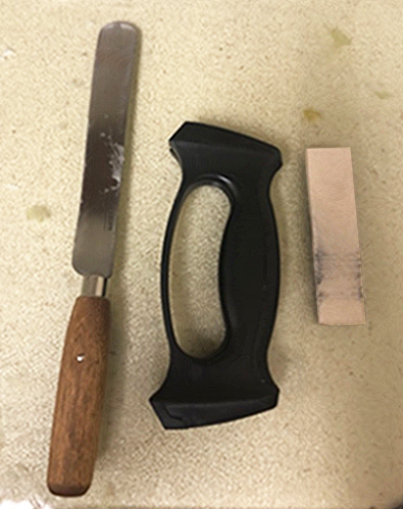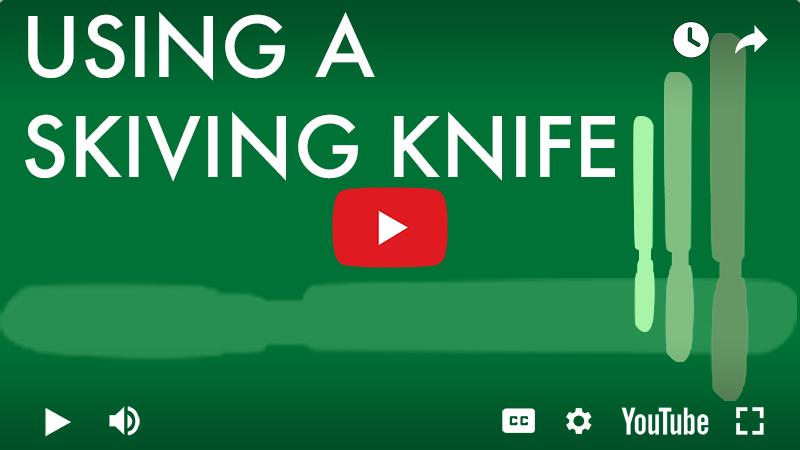
Practice Perfect 752
My Favorite Pad
My Favorite Pad

One of the tools podiatrists are becoming decreasingly familiar with is felt padding. This old-time podiatric skill remains highly useful, and I suggest becoming familiar with the many taping and padding options that are available. One of the most useful pads is the “dancer’s pad” which is the workhorse for many foot pathologies. The basic shape is shown in Figure 1 for a right foot.

This pad is excellent for sesamoiditis, bunions, and any time one desires to offweight the first metatarsal. It can be adjusted to create a first ray cut out to plantarflex or offweight the first ray in pes cavus or planus deformities. I have also found this to be a highly successful early treatment for plantar fascial pain. Yes, friends, this treats plantar fasciitis! I can only speculate on the mechanism of this, but my best hypothesis is by plantarflexing the first metatarsal one shortens the distance between the first metatarsal and the plantar fascial origin, reducing strain on the ligament. Additionally, the improved first metatarsal position will improve medial arch stability, establishing proper function.
It’s highly useful when incorporated into a low dye taping and is even useful with a simple arch binder taping. A proper pad is created by skiving the edges with a skiving knife – NOT scissors. For those reading this that are younger and don’t know how to use a skiving knife, you’re missing an excellent tool.
Take a look at this video that reviews how to create a dancer’s pad using a skiving knife. It also reviews a method to create a removable pad using Elastoplast tape. I can’t take credit for any of these skills or ideas – they’ve all been learned from podiatrists much more experienced than I.
Using a skiving knife also requires the ability to sharpen it (they lose their blade quickly). Various devices are available to sharpen as shown in Figure 2.

Successfully treating patients is much more than what surgery you’re going to do next. There are many “old tyme” methods that we should all remember. Enjoy incorporating this one into your practices.






























Comments
There are 0 comments for this article